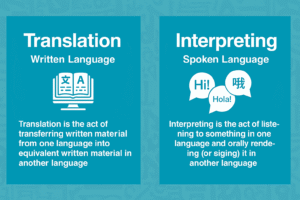Questionnaire design is a critical aspect of research methodology, involving the creation of a structured instrument for gathering data from participants. Whether used in academic research, market research, or social surveys, a well-designed questionnaire is essential for collecting accurate, reliable, and relevant information.
Here are some key considerations for effective questionnaire design which Research Clerk Agency is are considering.
Define Research Objectives: Before designing a questionnaire, it’s crucial to clearly define the research objectives and identify the specific information needed to address research questions or hypotheses. Understanding the purpose of the study helps in determining the scope of the questionnaire and the types of questions to include.
Select Question Types: Choose appropriate question types based on the research objectives and the nature of the data being collected. Common question types include closed-ended (e.g., multiple-choice, Likert scale) and open-ended (e.g., short answer, essay) questions. Closed-ended questions are suitable for collecting quantitative data, while open-ended questions allow participants to provide detailed, qualitative responses.
Keep it Clear and Concise: Ensure that questions are clear, concise, and easy to understand for participants from diverse backgrounds and literacy levels. Avoid using jargon, technical language, or ambiguous terms that may confuse or mislead respondents. Use simple language and structure questions logically to facilitate accurate and meaningful responses.
Maintain Sequence and Flow: Organize questions in a logical sequence that flows smoothly from one topic to the next, maintaining coherence and relevance throughout the questionnaire. Start with introductory or demographic questions to establish rapport with participants before moving on to more substantive questions. Avoid jumping between unrelated topics to prevent confusion and fatigue.
Balance Structure and Flexibility: Strike a balance between structured and flexible questioning to accommodate diverse respondent preferences and contexts. Provide predefined response options for closed-ended questions to facilitate data analysis and comparison, while also allowing room for open-ended responses to capture nuances and unexpected insights.
Pilot Test the Questionnaire: Conduct a pilot test of the questionnaire with a small sample of participants to identify and address any issues related to question wording, response options, formatting, or sequencing. Pilot testing helps ensure that the questionnaire is valid, reliable, and well-received by participants before full-scale implementation.
Consider Cultural Sensitivity: Be mindful of cultural differences, sensitivities, and norms when designing questions to avoid inadvertently causing offense or misunderstanding among participants from diverse cultural backgrounds. Adapt language, examples, and response options to reflect cultural diversity and promote inclusivity.
Ethical Considerations: Adhere to ethical principles and guidelines in questionnaire design, including obtaining informed consent from participants, protecting confidentiality and anonymity, and minimizing any potential risks or harms associated with participation. Clearly communicate the purpose of the study, voluntary nature of participation, and procedures for handling data to ensure participant trust and compliance.
These principles and guidelines, researchers can develop well-designed questionnaires that yield reliable and valid data for analysis, leading to meaningful insights and informed decision-making in research and practice.










